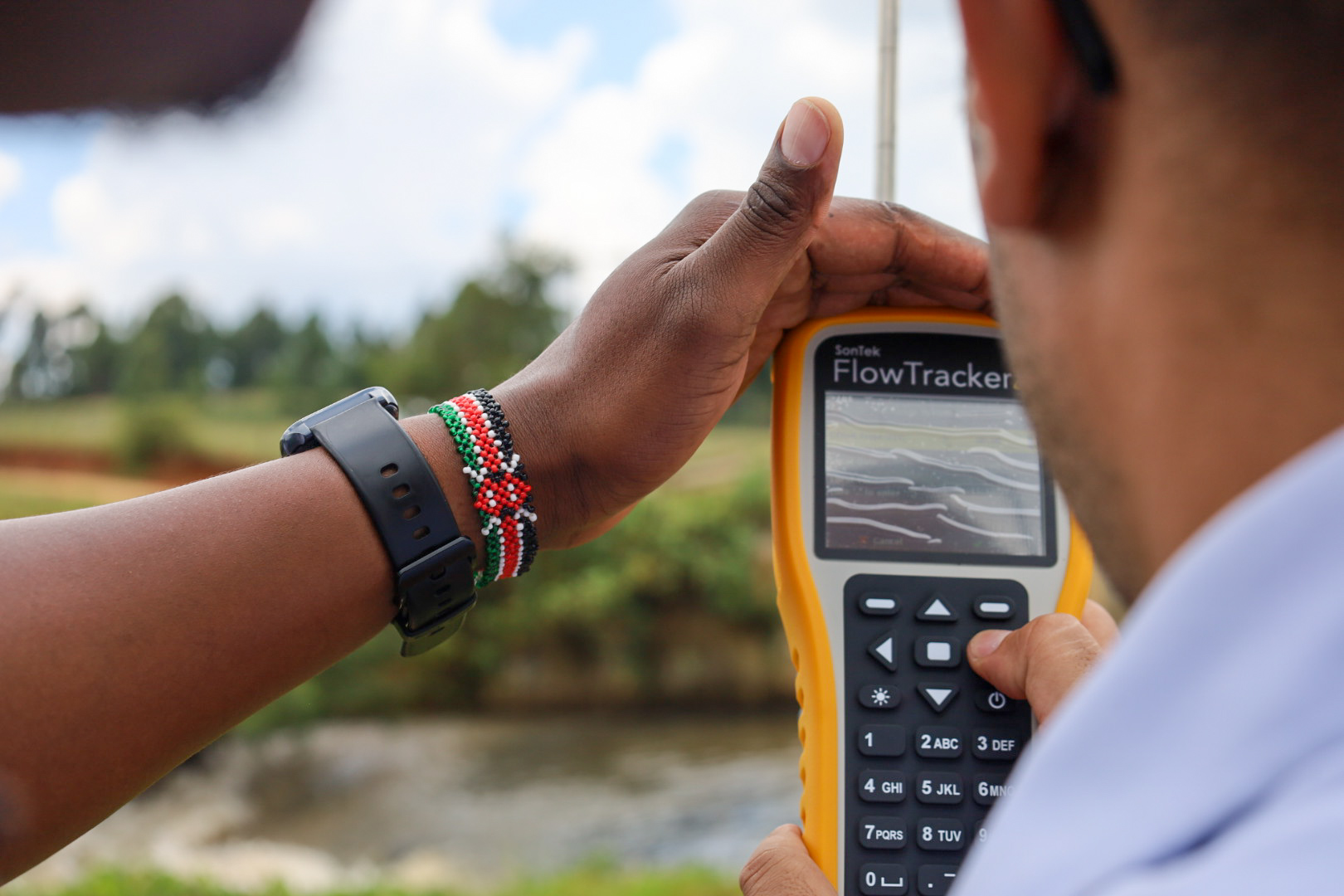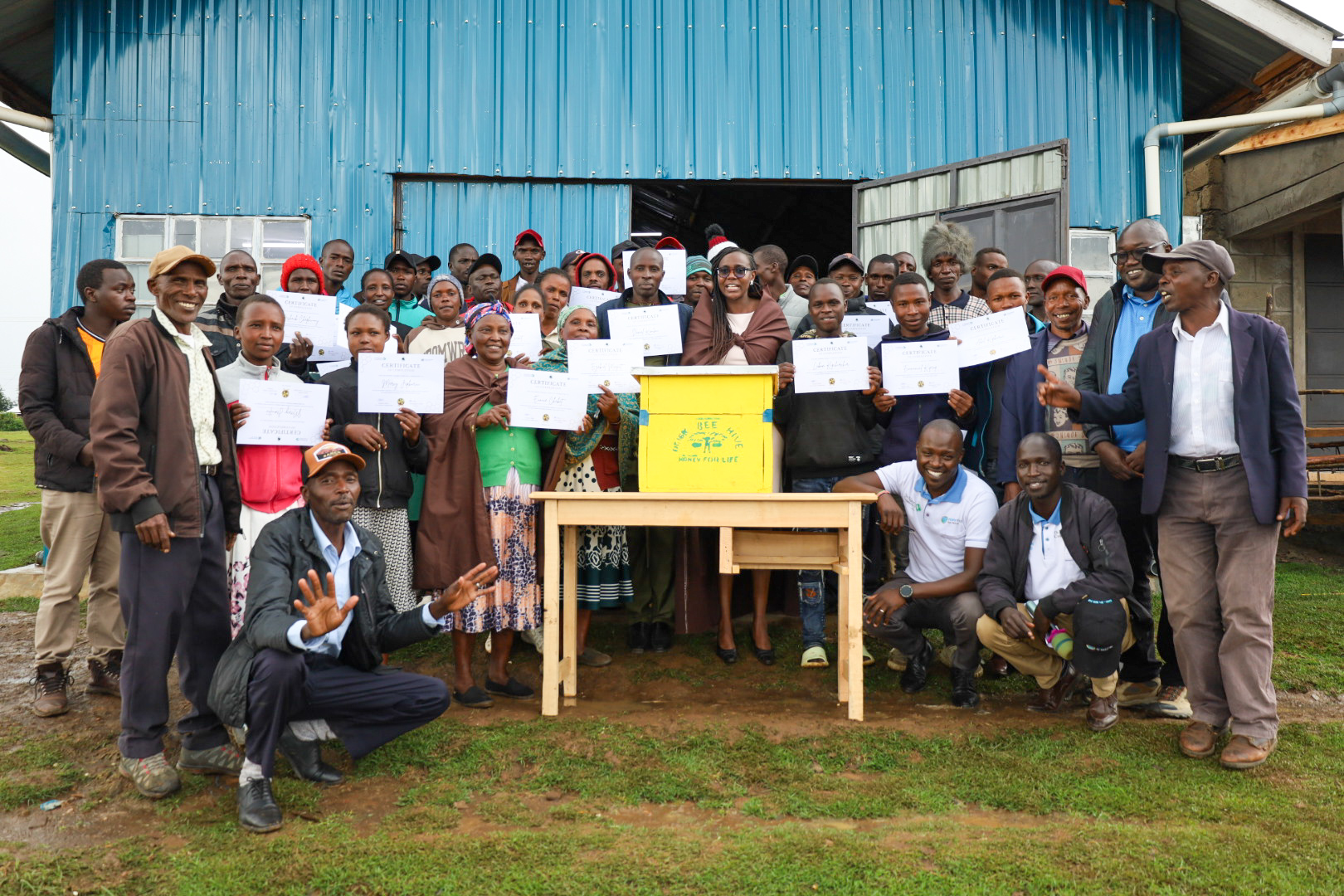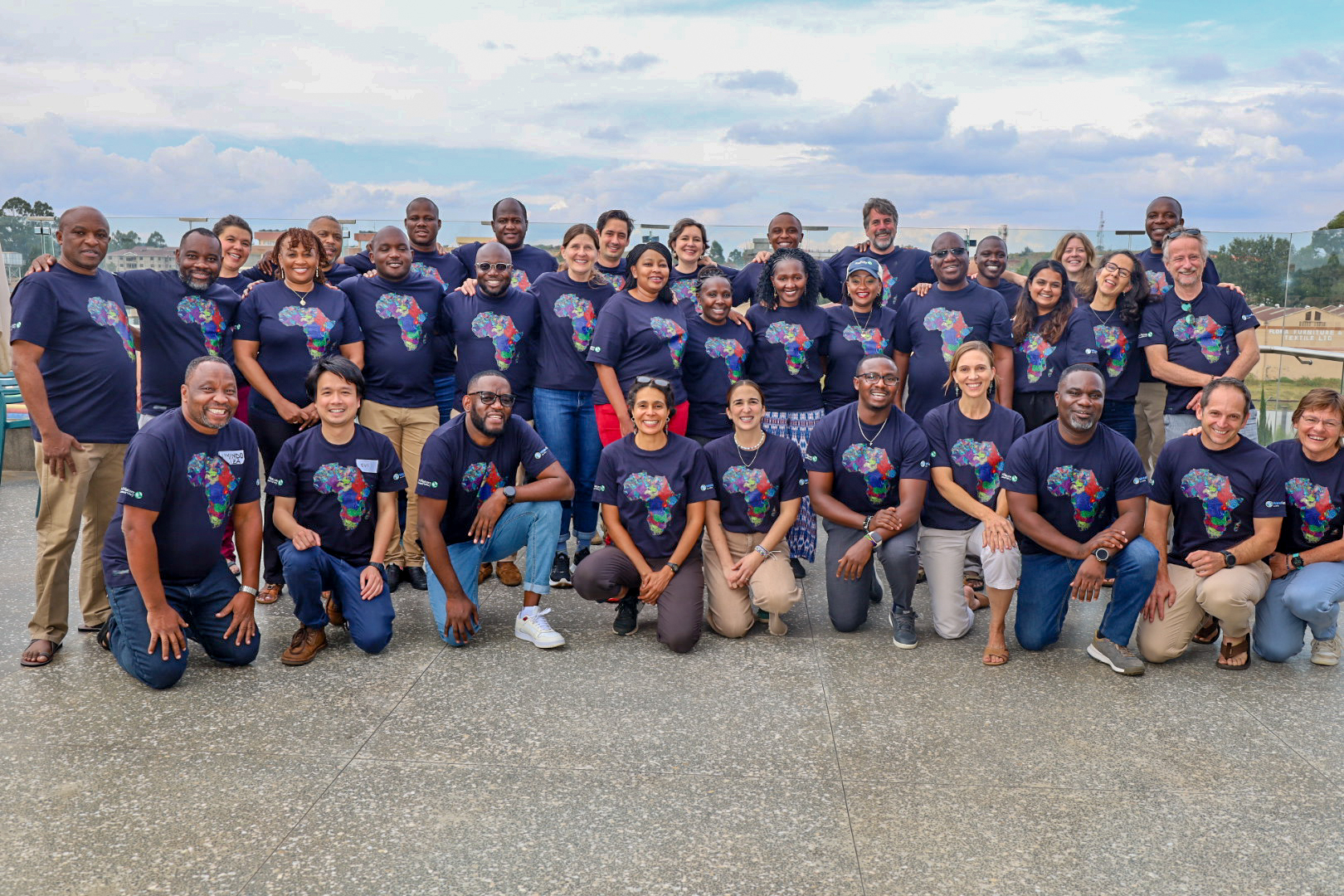Story by Faith Esika
Cradled deep in the Ainabkoi Forest Block, Uasin Gishu County, the Kapsoen wetland was once full of life. Indigenous trees towered over the wetland, animals like gazelles and hares gleefully leaped around this ecosystem. “The river that cuts through this wetland used to roar. It had so much volume, it was impossible to cross,” recalls one of the community elders, his eyes distant but the memory vivid.
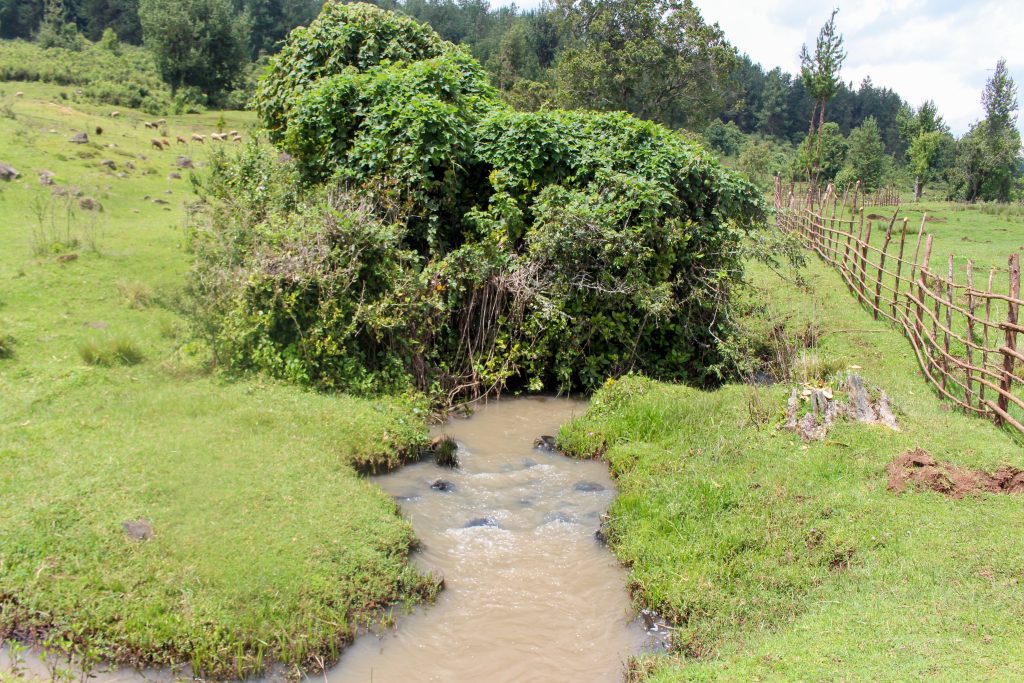
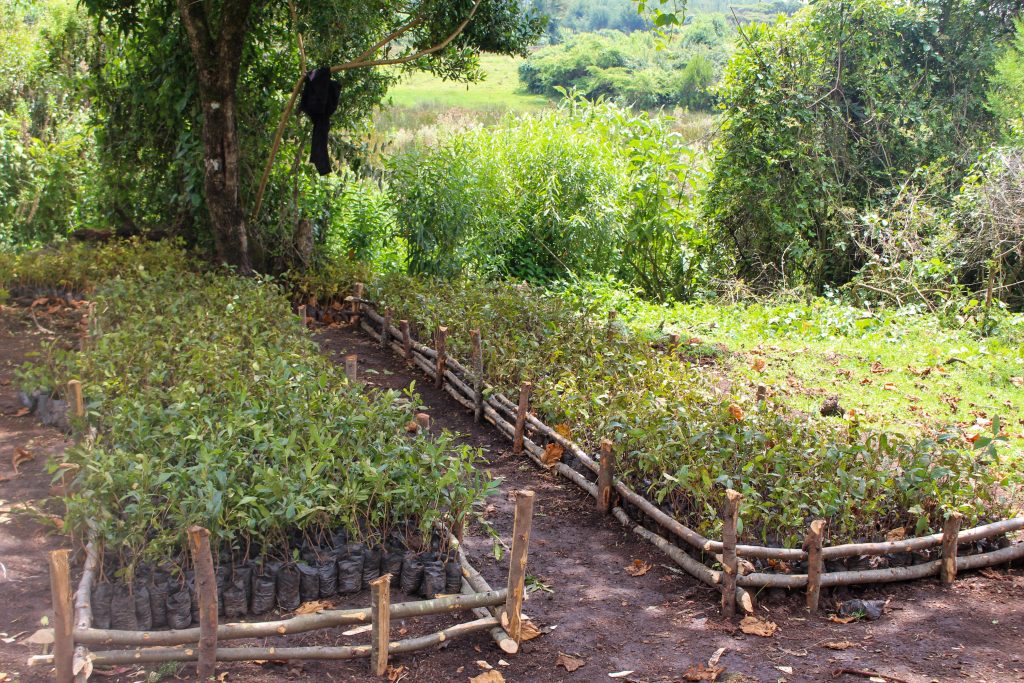
Draining into the Kesses River, a vital artery in the Kesses catchment, the Kapsoen wetland was a lifeline for people and nature alike. But slowly and steadily, encroachment began to gnaw at the edges of this critical ecosystem. Unchecked grazing and farming activities pushed further in.
The trees fell to the axe, wildlife disappeared and the mighty roaring river was reduced to a murmur, barely sustaining the ecosystem. Kapsoen became a shadow of its former self. The community took notice of the decline. They knew that something had to be done, And so, change came through a coalition of hearts and hands, a partnership that united local knowledge with institutional support. Leading this effort were the Eldoret-Iten Water Fund (EIWF), the North Rift Valley Water Works Development Agency(NRVWWDA), the Kenya Forest Service(KFS), the Community Forest Association(CFA), and Water Resource Users Association (WRUA) who came together for Kapsoen.
The plan was built on a buy-in approach. Through the Plantation Establishment for Livelihood Improvement Scheme (PELIS),community members could farm in designated forest areas for their livelihoods, but the wetland itself would be left solely for conservation. With this agreement, the healing began.
The community fenced off the wetland, with support from NRVWWDA, to protect it from further degradation. The EIWF provided over 20,000 indigenous tree seedlings, and the community came together to plant them. But the work didn’t stop there. The community took ownership. They monitor the seedlings, protect the fence and raise more seedlings in a youth-led tree nursery nearby supported by the CFA and KFS, not just for Kapsoen, but for the generations to come.
And for the surrounding Ogiek community, this restoration means everything. As an indigenous forest dwelling community, their traditions of medicinal plant use and beekeeping have long relied on indigenous forests. The loss of native trees and replacement with exotics like cypress, had erased parts of that culture. Restoring Kapsoen is more than about restoring nature. It’s about reclaiming identity and culture. A way for the community to teach the younger generation what it means to live inharmony with their land. A living proof that when the land is whole, so are its people.

